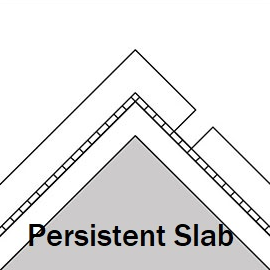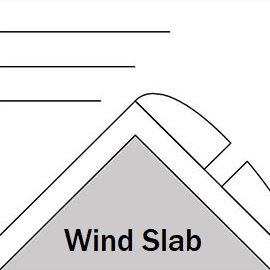Gudauri
Natural avalanches are unlikely, human-triggered avalanches are possible. Small avalanches in specific areas, or large avalanches in isolated areas.
A small amount of new snow with wind means small windslabs could be found in a few places. Deeper weaknesses from early-season snow metamorphosis could cause bigger avalanches in isolated spots, so make sure you investigate the snow carefully before you drop in, and consider the consequences of your choice if the slope slides. Please support this forecast service - visit the links on our Facebook page, get in touch, book a course!
Forecast issued at: 20 January 2025 09:30
Forecast valid until: 25 January 2025 09:30
Forecaster: Manu Greer
High Alpine
> 2600m
2 Moderate
Heightened avalanche conditions on specific terrain features. Evaluate snow and terrain carefully; identify features of concern.
Alpine
2000m - 2600m
2 Moderate
Heightened avalanche conditions on specific terrain features. Evaluate snow and terrain carefully; identify features of concern.
Sub Alpine
< 2000m
1 Low
Generally safe avalanche conditions. Watch for unstable snow on isolated terrain features.
Avalanche Problems
Persistent Slab

In most places in the high alpine, and shadier places in the alpine zone, layers of weak snow can be found at the base and middle of the snowpack. Sudden collapses of these layers caused by a rider's weight could trigger large avalanches on slopes of more than 30 degrees.
| Sensitivity | The specific avalanche problem type is difficult to trigger with a human rider. |
| Distribution | A few, isolated locations; evidence for instabilities is rare and hard to find. |
| Time of Day | All day |
| Trend | No change |
| Confidence | Moderate |
Wind Slab

Small wind slabs could be found in high-alpine places sheltered from the recent W, SW and N winds. Watch out around ridgelines and rocky features, as wind direction can vary in these spots.
| Sensitivity | The specific avalanche problem type is reactive to human rider triggers. Easy to trigger with ski cut. |
| Distribution | Specific areas, with common characteristics. Evidence for instabilities exists, but it is not obvious and finding it requires careful observations. |
| Time of Day | All day |
| Trend | Improving |
| Confidence | Moderate |
Recent Avalanches and Snowpack
No new avalanches reported or observed for more than a week. After the last snowfall on January 6th a large size 2.5 slab avalanche was seen in the Kobi valley (3250m, N aspect, trigger unknown), as well as a smaller full-depth size 2 in the lower Kobi gorge, (2300m, N, human triggered).
Snowpack: Early-season snow from late November has formed a weak, sugary base layer in many places above 2500m on the N half. Whumphing has been reported. In some exposed areas, very strong old wind slabs can be found in the snowpack, with weak snow and surface hoar layers seen above them. Snow from January 6th has been exposed to cold temperatures, changing and weakening the surface. A few cms of new snow came in on Sunday 19th with strong winds from the W quarter, changing N.
Weather
Fine weather with cool temperatures and moderate to light winds for the next few days - cloudy periods possible from Wednesday.
Disclaimer
Our avalanche forecasters are internationally qualified and experienced professionals, and data is provided by skilled observers. We encourage you to make your own observations and decisions, without relying solely on our forecast, since any forecast is a generalised 'best guess', and in certain cases it might be inaccurate. We can not be held liable for any actions you take in the backcountry that may result in injury, loss or death.